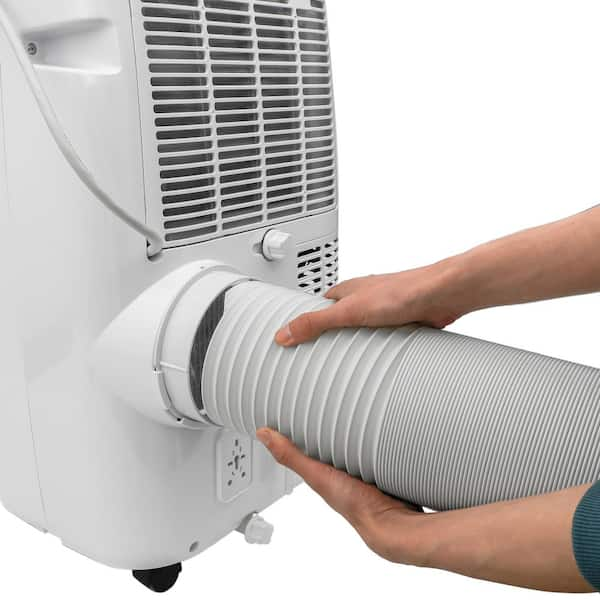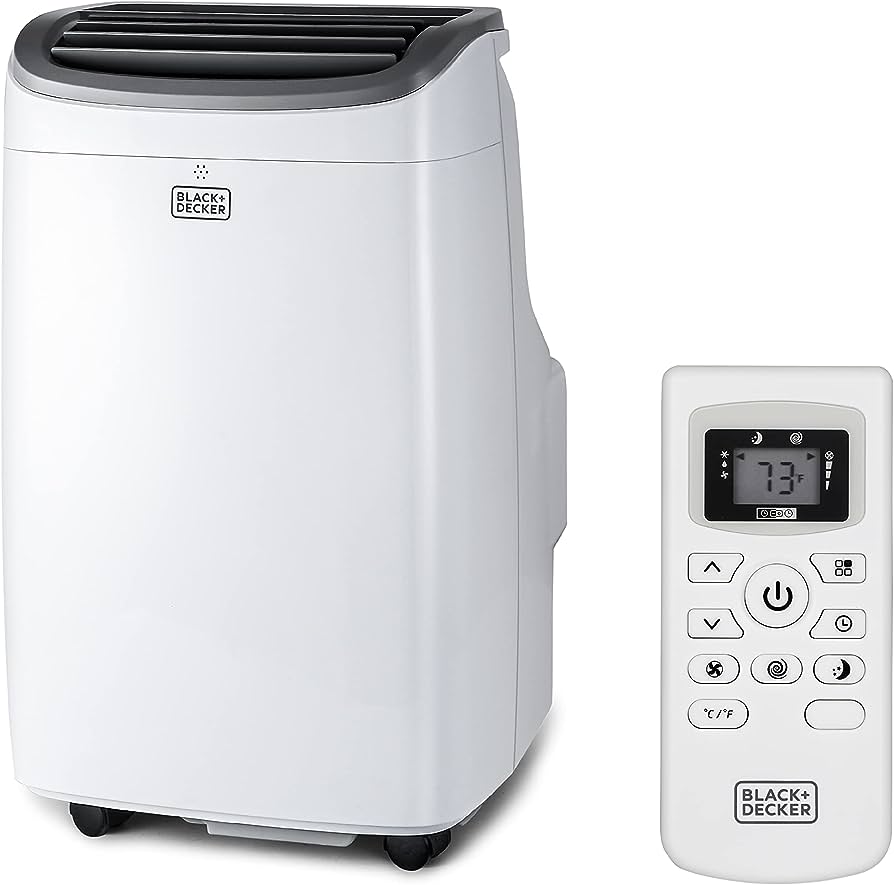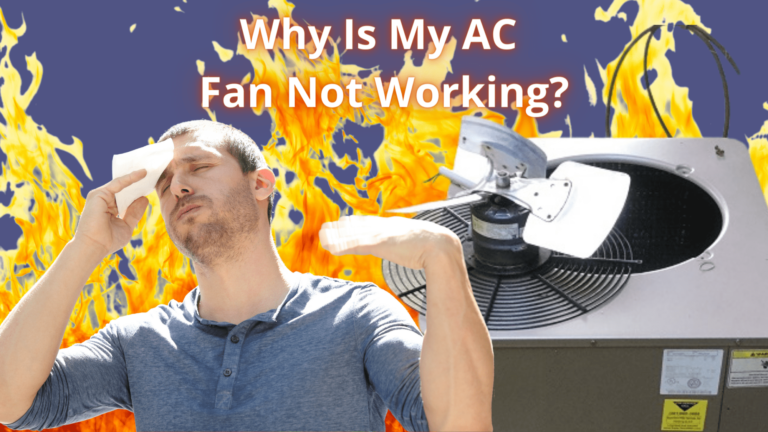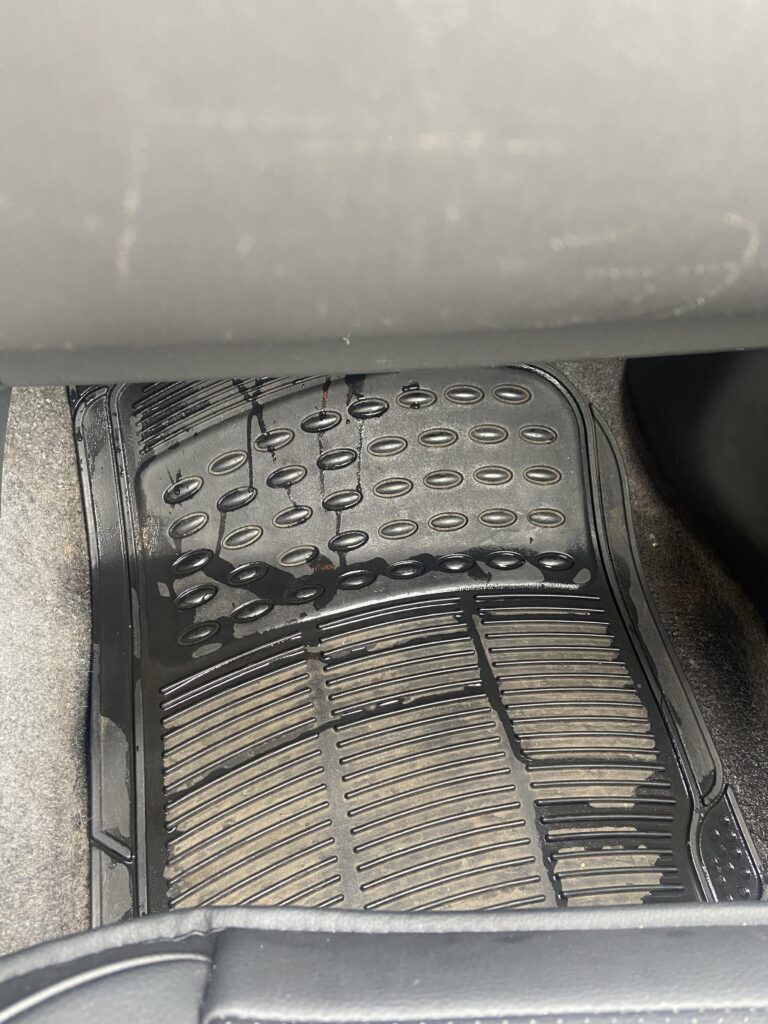Can Portable Air Conditioners Be Laid on Their Side: The Dos and Don’ts
Portable air conditioners should not be laid on their side during operation, as it can damage the compressor and lead to permanent failure. However, it is acceptable to lay the unit on its side for short periods of time during transportation, as long as it is upright before turning it on.
The Impact Of Laying A Portable Air Conditioner On Its Side
Portable air conditioners can be laid on their side for short periods of time, such as when transporting or storing the unit. However, it is important to keep the air conditioner upright before turning it on to avoid damage or permanent failure to the compressor.
Laying a portable air conditioner on its side can have a significant impact, particularly on its compressor. Here are some key points to consider:
- Compressor Damage: The compressor is one of the most crucial components of a portable air conditioner. When the unit is laid on its side, the oil from the compressor can leak into other parts of the appliance, causing damage to internal seals and reducing the compressor’s efficiency.
- Airflow Disruption: Air conditioners are designed to operate in an upright position, with air flowing through them in a specific manner. When an air conditioner is laid on its side, it can disrupt the airflow, causing the unit to work harder and potentially overheat.
- Evaporator Coil Issues: The evaporator coil is responsible for cooling the air that passes through the air conditioner. When the unit is not in an upright position, the coil may not function optimally, leading to reduced cooling capacity and potential system failures.
The Potential Damage Or Permanent Failure That Can Result From Laying It On Its Side While In Operation
Laying a portable air conditioner on its side while it is in operation can result in various types of damage and even permanent failure. Here are some potential consequences to be aware of:
- Compressor Failure: As mentioned earlier, the compressor is highly sensitive to being laid on its side. The leaking oil can lead to internal damage, causing the compressor to fail completely. This can result in the need for costly repairs or even the replacement of the entire unit.
- Condensation Issues: When the air conditioner is not in an upright position, it can cause condensation to collect in areas where it shouldn’t. This excess moisture can lead to mold growth, electrical damage, and other issues that can compromise the unit’s functionality.
- Reduced Efficiency: Even if the air conditioner doesn’t experience immediate failure, laying it on its side can reduce its overall efficiency. The unit may struggle to reach optimal cooling temperatures, resulting in longer run times, increased energy consumption, and higher electricity bills.
Recommended Precautions For Transporting The Air Conditioner
If you need to transport your portable air conditioner, it’s crucial to take appropriate precautions to avoid damage. Here are some recommended steps to follow:
- Shut off and Unplug: Before transporting the air conditioner, make sure to turn it off and unplug it from the power source. This will prevent any potential electrical mishaps during the moving process.
- Secure Properly: Use sturdy straps or secure packaging materials to ensure that the unit stays in an upright position during transportation. This will minimize the risk of it being laid on its side accidentally.
- Avoid Extreme Temperatures: Try to transport the air conditioner in moderate temperatures. Extreme heat or cold can affect the unit’s internal components and reduce its efficiency.
- Allow Upright Resting: Once you’ve reached your destination, allow the air conditioner to rest in an upright position for at least 24 hours before turning it on. This will ensure that any oil that may have settled can return to its proper place, reducing the risk of damage.
By following these precautions, you can help protect your portable air conditioner from potential damage during transportation and ensure its long-term functionality.
Guidelines For Transporting A Portable Air Conditioner
Portable air conditioners should not be laid on their side while in operation, as this can damage the compressor. However, it is acceptable to lay them on their side for short periods of time during transportation, as long as they are returned to an upright position before being turned on.
Transporting a portable air conditioner requires careful attention to ensure its safety and functionality. Laying the unit on its side during transportation can sometimes be unavoidable, but there are guidelines to follow to minimize any potential issues. In this section, we will discuss the acceptable duration for laying a portable air conditioner on its side, steps to follow before turning on the air conditioner after transportation, and how to properly position the unit in preparation for use.
The Acceptable Duration For Laying A Portable Air Conditioner On Its Side During Transportation
Transporting a portable air conditioner on its side is acceptable for short periods of time. However, it should not be laid on its side while in operation, as this can cause damage to the compressor, leading to potential permanent failure.
It is important to minimize the time the unit spends on its side during transportation to prevent any potential issues. Here are some guidelines to follow:
- Keep the air conditioner upright as much as possible during transportation.
- If laying the unit on its side is unavoidable, limit the duration to no more than a few hours.
- Avoid rough handling or jostling of the unit when it is on its side.
- Always handle the air conditioner with care to prevent any unnecessary damage.
Steps To Follow Before Turning On The Air Conditioner After Transportation
After safely transporting the portable air conditioner, it is crucial to take some steps before turning it on to ensure optimal performance and prevent any potential issues. Here are the steps to follow:
- Let the air conditioner sit upright for at least 24 hours: This will allow any refrigerant to settle in its proper position and prevent any potential damage to the compressor when starting the unit.
- Clean the filters: Dust and debris can accumulate during transportation, so it’s important to clean the filters before use. Refer to the manufacturer’s instructions for the correct cleaning procedure.
- Check for any visible damage: Inspect the unit for any visible damage or loose connections. If you notice any damage, contact the manufacturer or a professional technician for assistance.
- Plug in the unit: Ensure the air conditioner is properly plugged into a power source, following the manufacturer’s instructions.
- Set the desired temperature and fan speed: Adjust the settings according to your preferences.
How To Properly Position The Air Conditioner In Preparation For Use
Properly positioning the portable air conditioner is essential for optimal performance and efficient cooling. Follow these steps to position the unit correctly:
- Select a suitable location: Choose a well-ventilated area near a window or door where the exhaust hose can be easily installed.
- Place the unit on a flat and stable surface: Ensure that the surface can support the weight of the air conditioner and is not prone to vibration or movement.
- Install the exhaust hose: Attach the exhaust hose securely to the unit and extend it towards the window or door. Make sure there are no kinks or obstructions in the hose.
- Seal the window or door opening: Use weatherstrips or other sealing materials to prevent any air leakage around the hose.
- Turn on the unit: Follow the manufacturer’s instructions to power on the air conditioner and adjust the settings according to your comfort.
By following these guidelines, you can safely transport, prepare, and position your portable air conditioner for optimal performance and cooling efficiency. Remember to always refer to the manufacturer’s instructions for specific guidance on your unit.
Factors To Consider When Positioning A Portable Air Conditioner
It is not advisable to lay a portable air conditioner on its side while it is in operation as this can cause damage to the compressor. However, it is acceptable to lay it on its side for short periods of time when transporting it.
Make sure to keep it upright before turning it on.
When it comes to positioning a portable air conditioner, there are several important factors to consider. Ensuring that your unit is in the right location and properly vented can greatly impact its effectiveness. Additionally, proper drainage and proximity to a sink or tub are also important considerations.
By paying attention to these factors, you can optimize the performance of your portable air conditioner and keep your space cool and comfortable.
The Importance Of Choosing A Location Near A Window And Outlet For Effective Venting:
- Place your portable air conditioner near a window: This will allow for easy and efficient venting of hot air outside. It is important to note that portable air conditioners require a way to expel warm air, and a window is the most convenient option.
- Utilize an outlet near the window: To power your portable air conditioner, it is crucial to have an electrical outlet within reach. This will ensure that the unit can draw sufficient power to cool your space effectively.
How To Optimize Venting To Ensure Warm Air Is Expelled Outside And Not Back Into The Room:
- Use a window installation kit: Most portable air conditioners come with a window installation kit that includes a vent hose. This hose should be properly connected to the unit and then directed out of the window to vent the warm air outside. Make sure the window is securely sealed to prevent any air leakage.
- Avoid kinks or bends in the vent hose: A straight vent hose will allow for optimal airflow and prevent warm air from circulating back into the room. Ensure that the hose is not pinched or twisted to maintain efficient venting.
Considerations For Draining The Air Conditioner And Placement Near A Sink Or Tub:
- Check the drainage options: Portable air conditioners typically have built-in mechanisms to handle condensation. Some units collect water in an internal reservoir that needs to be manually emptied, while others have a continuous drain option that can be connected to a hose. Consider which option is most suitable for your needs.
- Position near a sink or tub: If your portable air conditioner requires manual draining, it is recommended to place it near a sink or tub for easy access to drain the collected water. This will prevent any water spills or inconvenience.
By considering these factors when positioning your portable air conditioner, you can ensure that it operates efficiently and effectively cools your space. Remember to prioritize venting, drainage, and proximity to necessary resources, such as a window, outlet, sink, or tub, for the best performance of your portable air conditioner.

Credit: www.homedepot.com
Frequently Asked Questions Of Can Portable Air Conditioners Be Laid On Their Side
How Long Can A Portable Ac Be On Its Side?
Temporary storage or transportation is acceptable, but do not operate a portable AC on its side as it can damage the compressor.
Can You Transport A Portable Air Conditioner By Laying It On Its Side?
Transporting a portable air conditioner by laying it on its side can damage the compressor and lead to permanent failure. It’s acceptable for short periods but should be upright before turning it on.
How Long Should A Portable Air Conditioner Sit Before Turning It On?
To prevent damage or permanent failure, a portable air conditioner should sit upright for a while before turning it on.
How To Position A Portable Air Conditioner?
Portable air conditioners can be laid on their side, but only for short periods of time during transportation or storage. It is important to let the unit sit upright before turning it on to prevent damage to the compressor.
Conclusion
Portable air conditioners can be laid on their side, but it should only be done for short periods of time, such as when moving or storing the unit. It is important to note that the air conditioner should be kept upright before turning it on to avoid any damage to the compressor.
Laying the unit on its side during operation can affect the compressor and lead to permanent failure. Additionally, it is recommended to choose a location near a window and outlet when positioning a portable air conditioner to ensure proper venting of warm air.
If the unit comes with a hose for continuous drainage, it may need to be placed near a sink or tub, or a bucket can be used. Overall, it is crucial to handle portable air conditioners with care and follow the manufacturer’s instructions to maintain their functionality and longevity.







